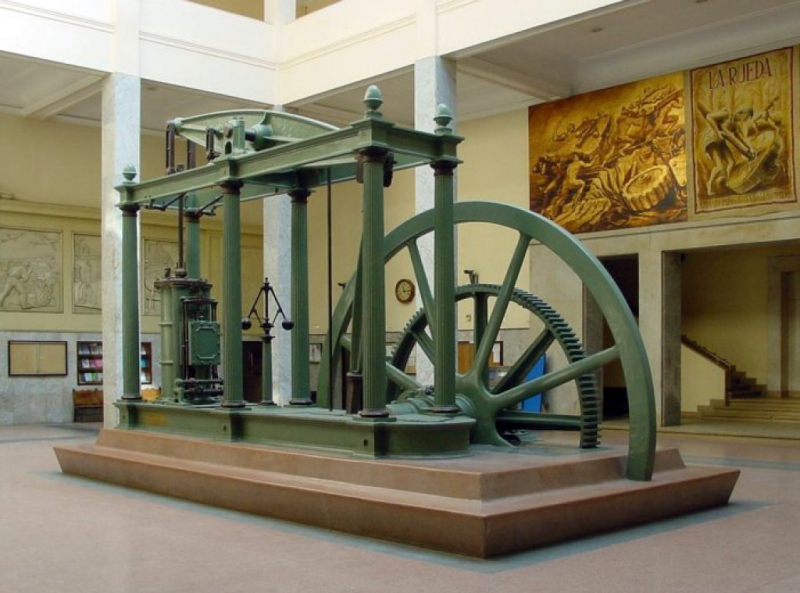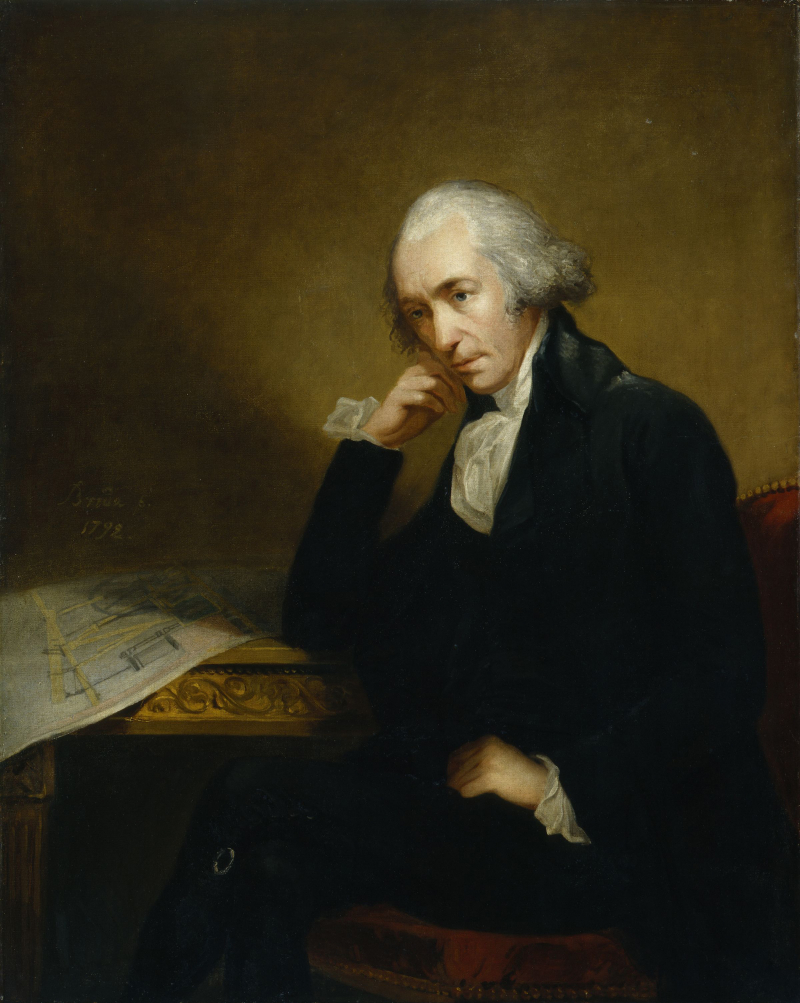Improvements in transportation and production due to the Steam Engine
The steam engine was among the most important technology of the Industrial Revolution because it leads to improvements in transportation and production due to the steam engine. Yet steam did not completely replace water power in Britain until after the Revolution. The steam engine began to be employed in many industrial settings, not just mining, where the earliest engines had been used to pump water from deep workings, thanks to key advancements by Scottish inventor and mechanical engineer James Watt. Early mills were powered by water, but by adding a steam engine, a factory could be built anywhere, not only near a water source. Water power fluctuated according to the seasons and was not always accessible.
Watt and the manufacturer Matthew Boulton launched an engine-building and engineering company in 1776. Boulton & Watt's partnership grew to be one of the most important firms of the Industrial Revolution, serving as a kind of creative technological hub for most of the British economy. The partners solved technical issues and disseminated the solutions to other businesses. Similar companies performed the same thing in other industries, but they were particularly important in the machine tool industry. These exchanges between firms were significant because they lowered the amount of time and money that each company had to spend on research using its own resources. The Industrial Revolution's technological improvements occurred more swiftly because corporations frequently exchanged information, which they could subsequently utilize to develop new procedures or goods. The invention of the stationary steam engine was a crucial early component of the Industrial Revolution.
It should be noted, however, that for most of the Industrial Revolution, the majority of enterprises relied on wind and water power, as well as horse and man-power, to power minor machinery. By 1800, steam was supplying an estimated 10,000 horsepower in the United Kingdom. By 1815, steam power had increased to 210,000 horsepower.










